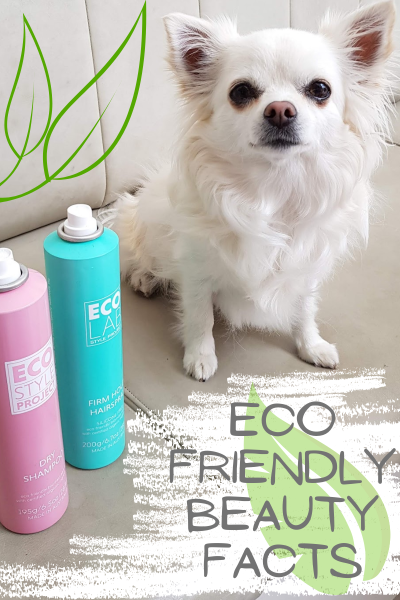 Understanding What Eco Beauty Really Means
Understanding What Eco Beauty Really Means
Understanding what eco beauty really means is important! You don’t want to end up being mislead by companies using clever marketing ploys to sell you more. You want to be sure that a company really is committed to doing their environmental best!
Buzz words such as Eco Beauty, Clean Beauty and Green Beauty are trending throughout the beauty industry, but we need to do our homework and some fact checking before blinding trusting these claims. Is the company truly committed to environmental issues, or just using greenwashing ploys to sell you more?
While some brands are trying their best, other brands are heavy footed on the marketing but much lighter on the “eco commitment”.
When a brand calls itself an Eco, Green or Clean Beauty brand you want to be sure it stands behind these ethical claims and therefore we need to look into their claims to see if they are validated.
As a professional vegan hair and makeup artist with 3 decades worth of experience, I have been trying my best to keep things as eco friendly as possible. I have watched with interest as my industry morphed dramatically over the last few years, as it jumped eagerly on the “ethical” band-wagon, glamourising, natural, organic, vegan and eco conscious cosmetics. While this has been absolutely fantastic to see it evolve in this way and it has made my professional life a lot easier, I nevertheless continue to do my research.
Here is what I look for when shopping for Eco Beauty Products.
Firstly and importantly, is the brand also cruelty free accredited/approved by an independent 3rd party such as Cruelty Free International’s Leaping Bunny Programme. To me Eco Beauty includes doing no harm to animals !
Is the brand vegan friendly? Remember vegan ingredients doesn’t always equal cruelty free and cruelty free does not mean vegan friendly. Read more here
Does the brand use natural ingredients, or synthetic ingredients that harm/pollute the environment; e.g micro plastic beads?
What active steps is the brand actually taking back up their ecofriendly claims? Are they planting trees? Going carbon neutral? Greening up their production and manufacturing processes?
Are they limiting waste and making in small batches?
Are they palm oil free, or using sustainably certified palm oil?
Do the ingredients get sourced from ethical suppliers; e.g. Mica’s are natural minerals used to colour cosmetics and many are mined using child labor. It is important to get assurance that the cosmetics brands you use, source their Mica’s from suppliers that are a part of the Responsible Mica Initiative
Is the company using minimal and recyclable packaging and steering clear of toxic plastics such as PVC that are not able to be recycled?
Beauty Packaging is generally not very Eco Friendly
Nearly all of the cosmetic packaging on the market, even the ones used by eco companies are not recyclable in your home bins.
You need to look into cosmetic container recycling Programmes like TerraCyle .
These TerraCycle Beauty Bin Recycling Stations can be found in various stores around Australia; e.g. Mecca, here at Priceline
See also my articles
How To Embrace Eco Friendly Beauty
PVC Plastics Not Vegan or Cruelty Free
Vegan and Organic Does Not Mean Cruelty Free
Before you leave, if you enjoyed this article sign up to LivingSafe and stay informed! LivingSafe helping you live healthier & safer.
Articles you may find interesting are;
How To Live A Cruelty Free Lifestyle Checklist
Animal Testing Do Your Part To Stop It
The Benefits Of Fostering Animals
Cruelty Free Cosmetics, How To Be Sure Your Cosmetics Truly Are Not Being Tested On Animals.